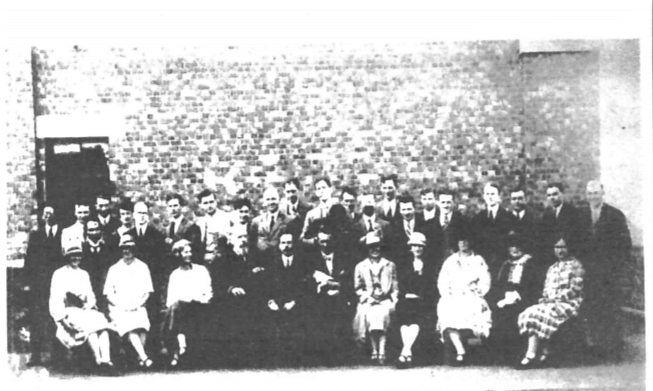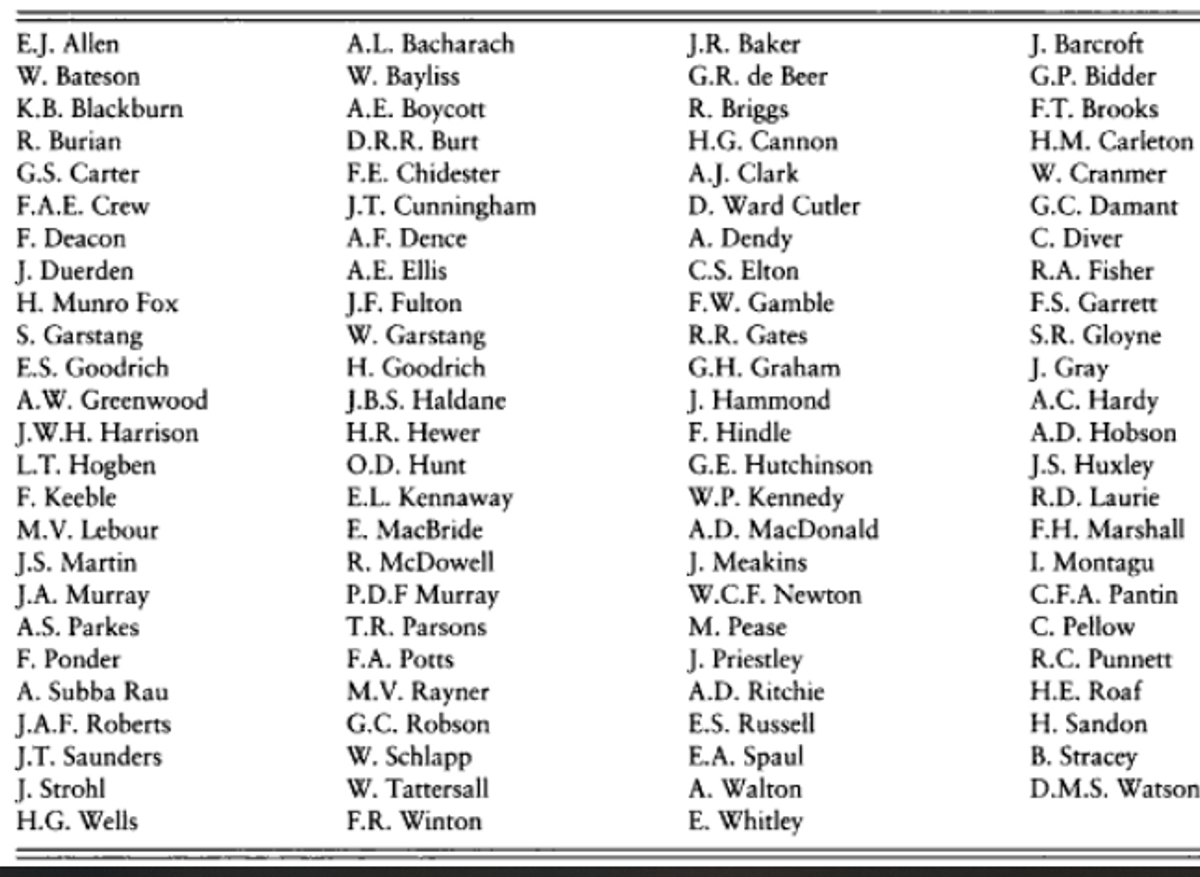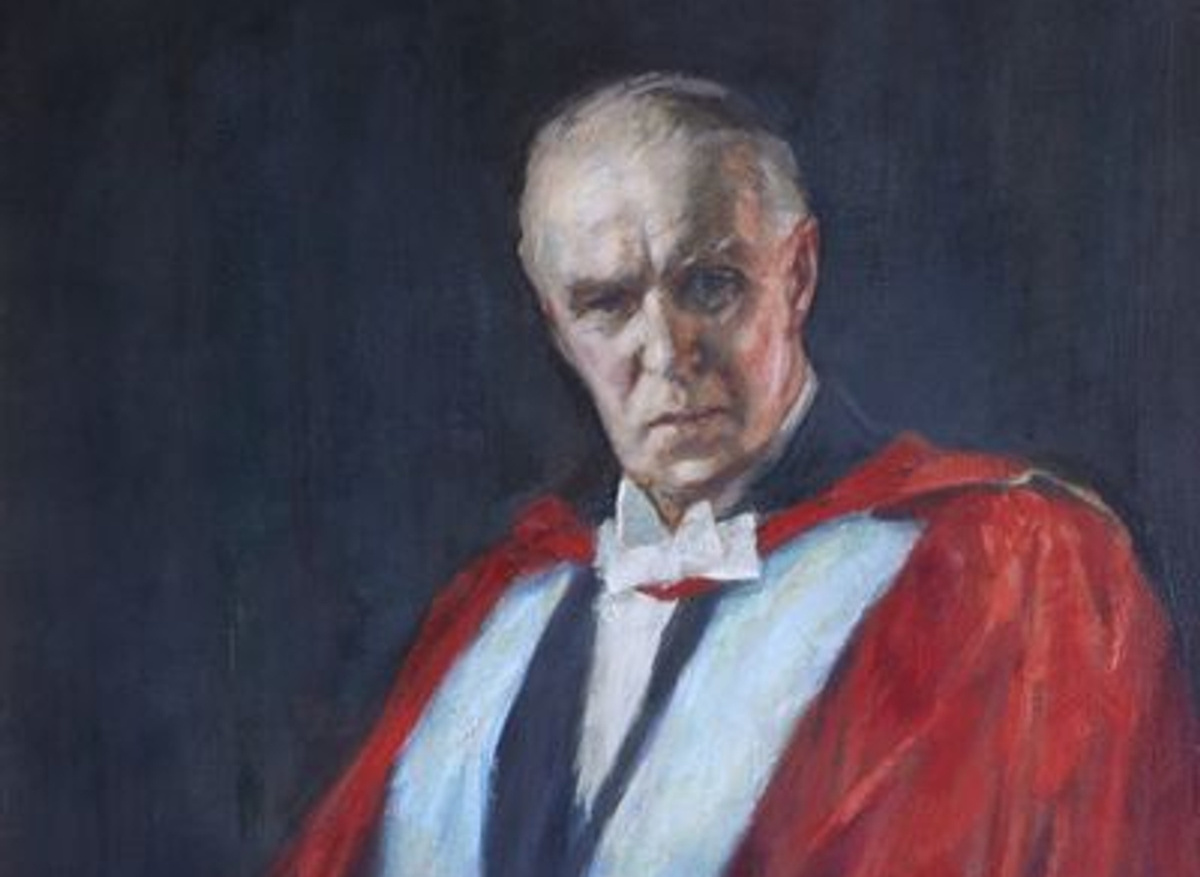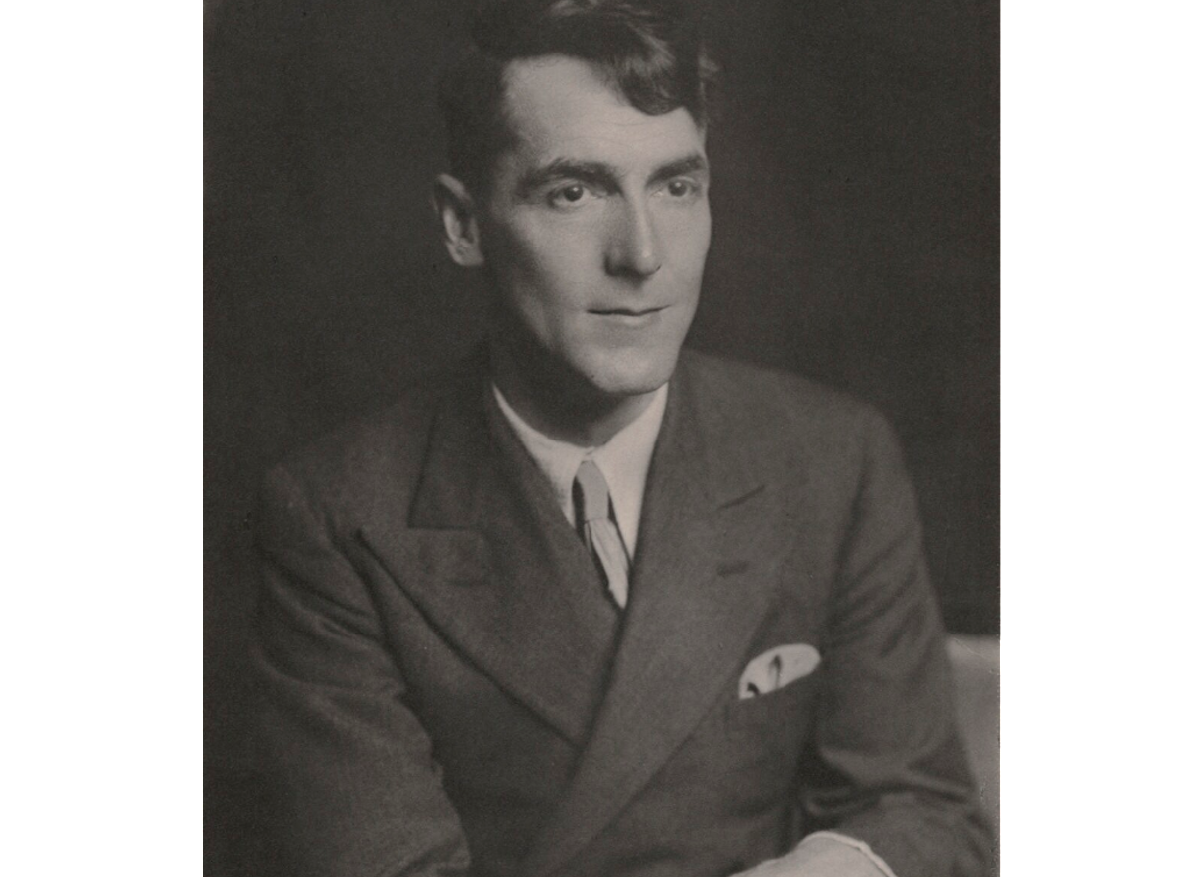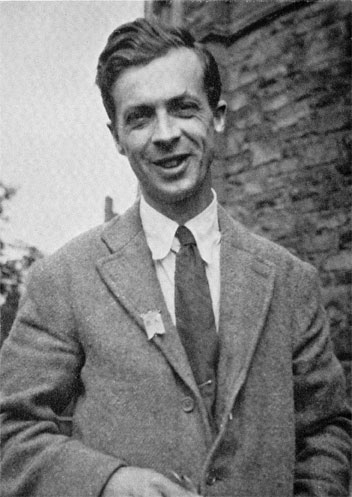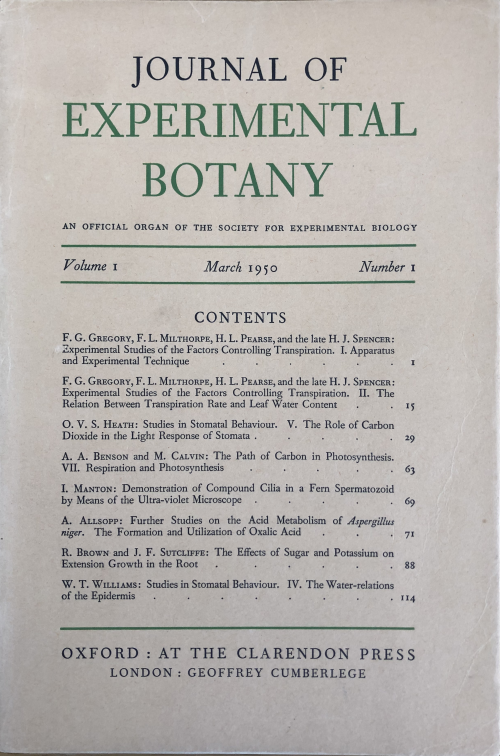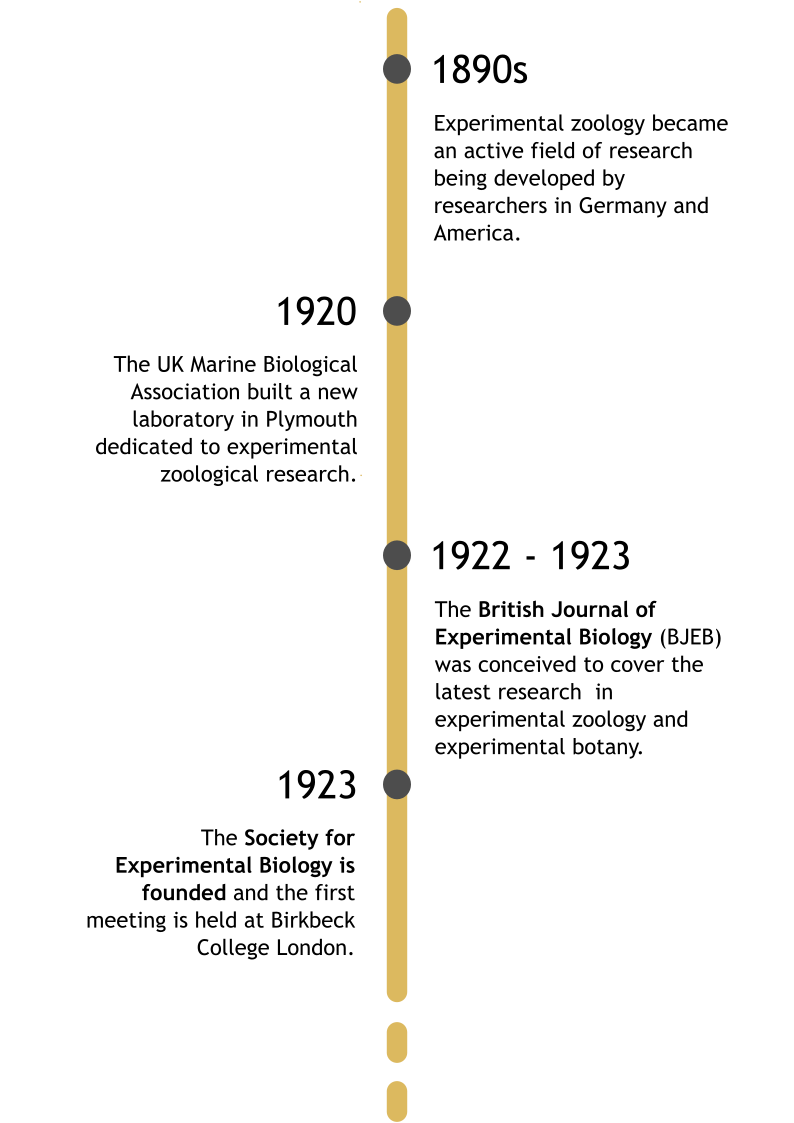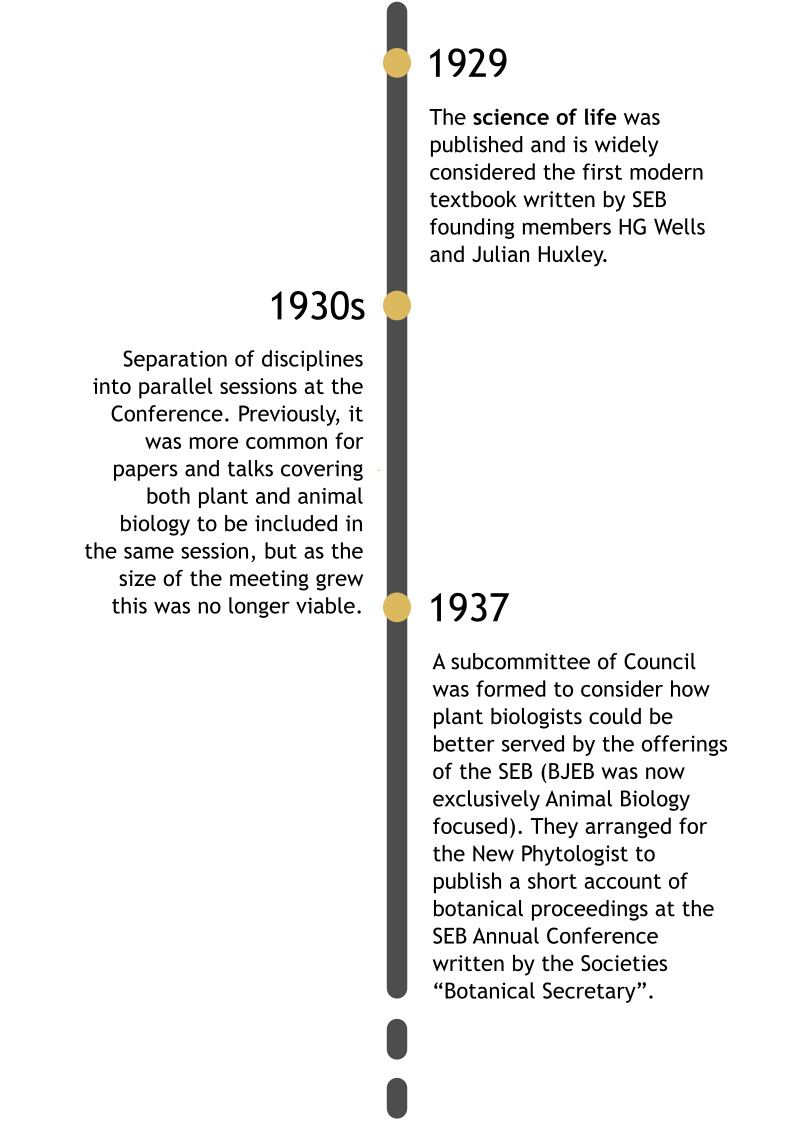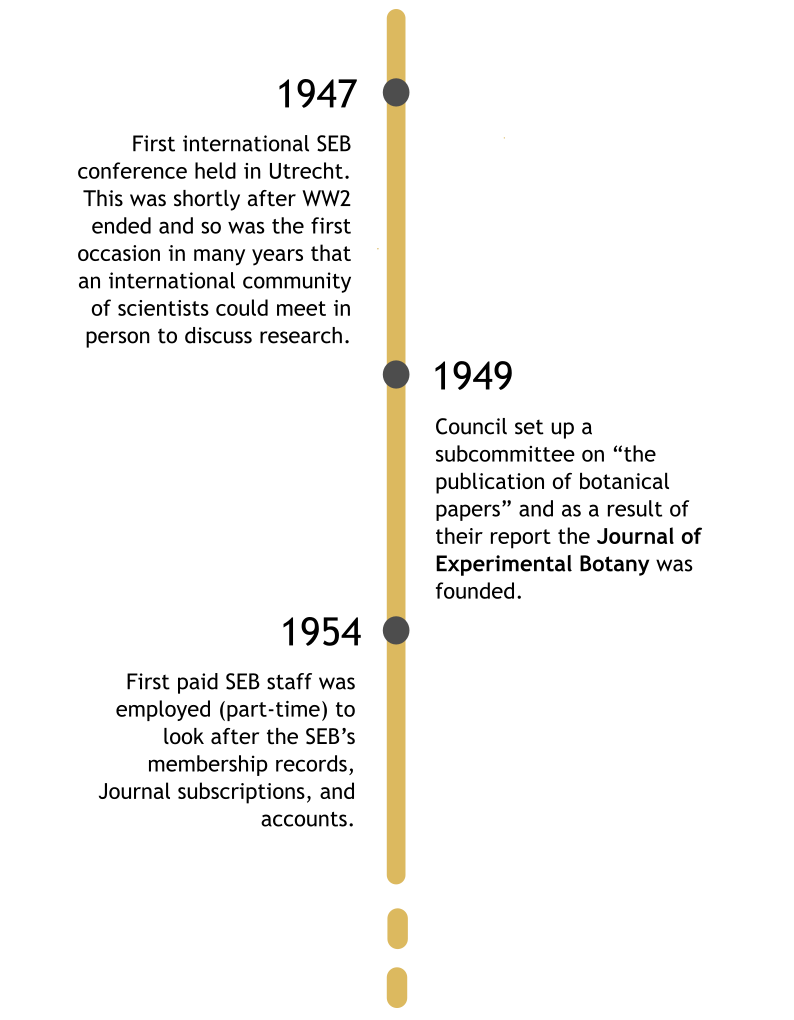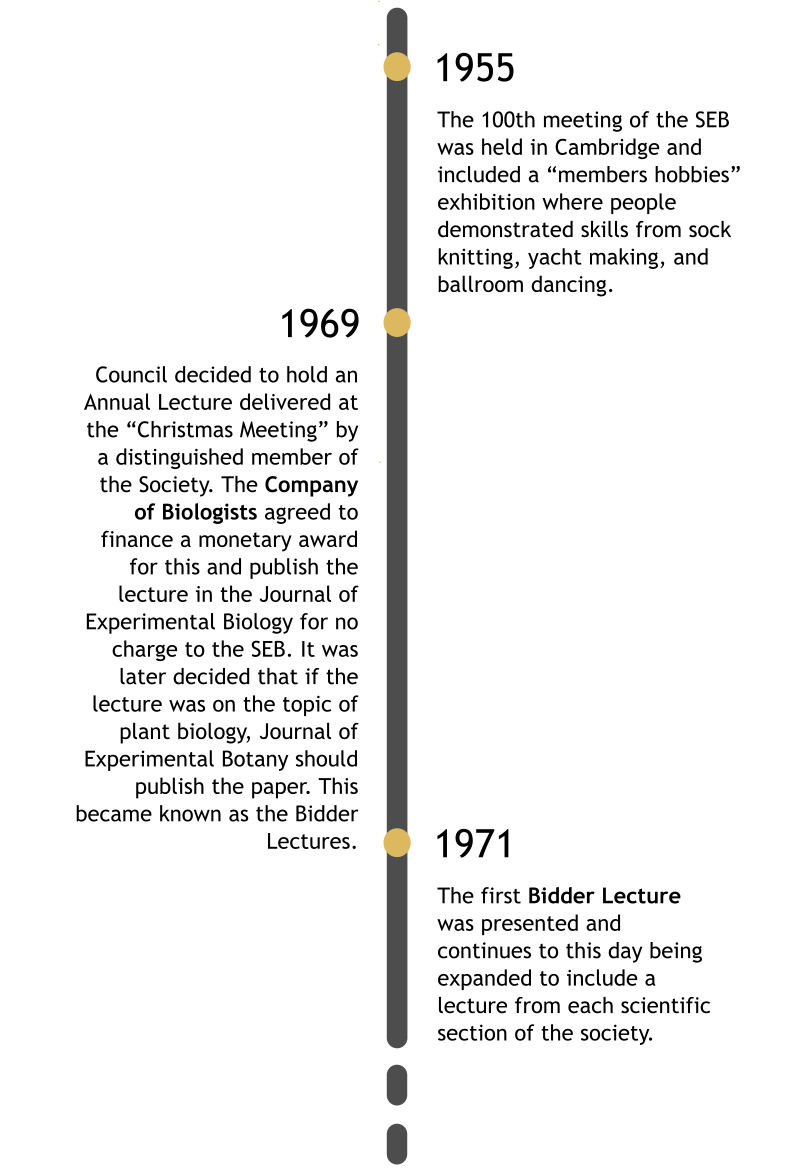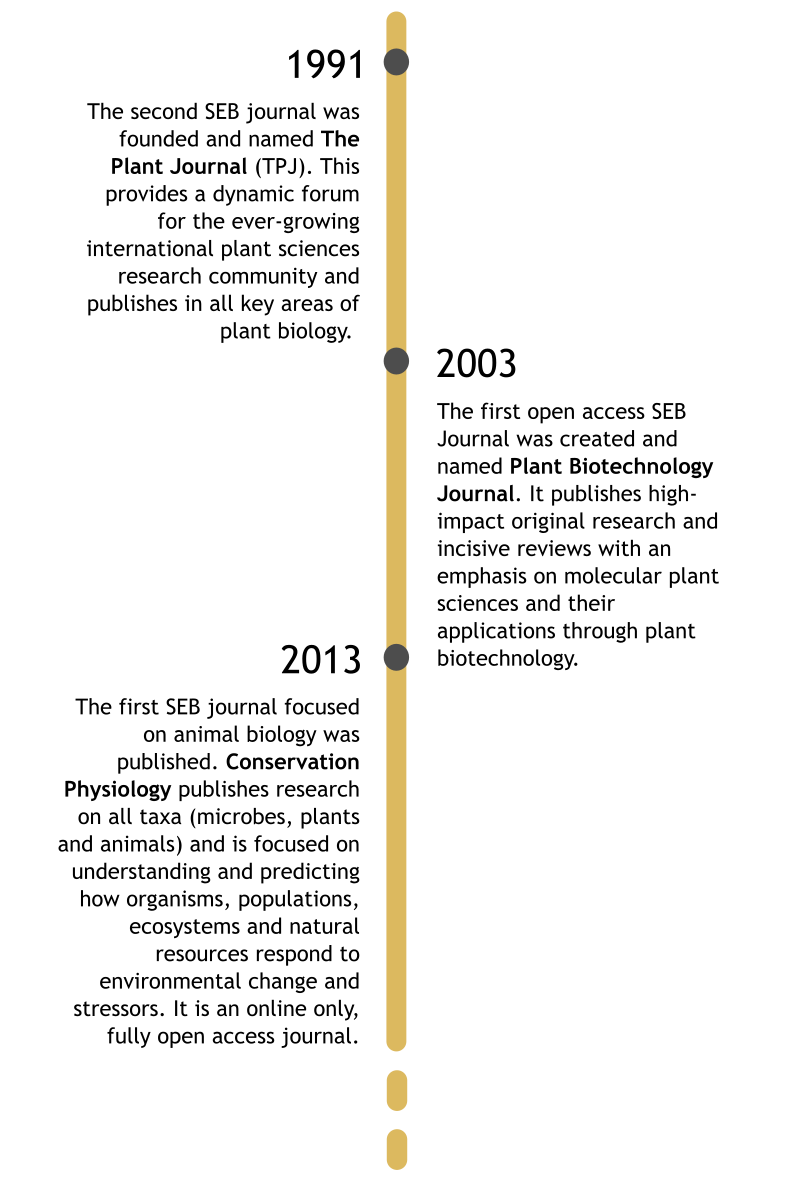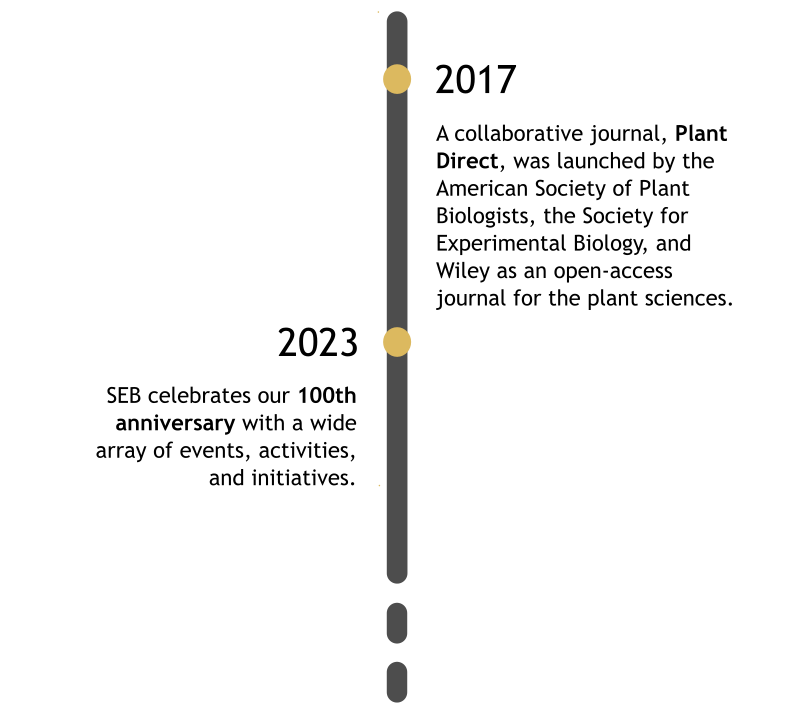Check the History Articles series to learn more details and curiosities about our history.
Do you have a story to share?
Do you have a story about the SEB that you'd like to share?
Maybe it's the memories of your first conference, an inspiring lecture you attended, a time you won an SEB award or grant, or holding a past seat on council?
Whatever your story, we'd love to hear about it. Use the form below to share your memories of the SEB with us.
References
[1] HUXLEY JS. 1920. Metamorphosis of Axolotl caused by Thyroid-feeding. Nature 104, 435–435.
[2] HUXLEY JS, HOGBEN LT. 1922. Experiments on Amphibian metamorphosis and pigment responses in relation to internal secretions. Proceedings of the Royal Society of London. Series B, Containing Papers of a Biological Character 93, 36–53.
[3] BUTTON C. 2017. James Cossar Ewart and the Origins of the Animal Breeding Research Department in Edinburgh, 1895–1920. Journal of the History of Biology 51, 445–477.
[4] HOGBEN LT. 1924. The Relation of Internal Secretion to Reproduction and Growth in the Domestic Fowl. The Veterinary Journal (1900) 80, 184–191.
[5] ERLINGSSON, S. J. 2013. Institutions and innovation: experimental zoology and the creation of the “British Journal of Experimental Biology” and the Society for Experimental Biology. The British Journal for the History of Science, 46(1), 73–95.
Extended Alt Text of the Timeline
- 1890s - Experimental zoology became an active field of research being developed by researchers in Germany and America.
- 1920 - The UK Marine Biological Association built a new laboratory in Plymouth dedicated to experimental zoological research
- 1922 - 1923 - The British Journal of Experimental Biology (BJEB) was conceived to cover the latest research in experimental zoology and experimental botany
- 1923 - The Society for Experimental Biology is founded and the first meeting is held at Birkbeck College London
- 1929 – The science of life was published and is widely considered the first modern textbook written by SEB founding members HG Wells and Julian Huxley.
- 1930s – Separation of disciplines into parallel sessions at the Conference. In previous years it was more common for papers and talks covering both plant and animal biology to be included in the same session, but as the size of the meeting grew this was no longer viable.
- 1937 – A subcommittee of Council was formed to consider how plant biologists could be better served by the offerings of the SEB (BJEB was now exclusively Animal Biology focused). They arranged for the New Phytologist to publish a short account of botanical proceedings at the SEB Annual Conference written by the Societies “Botanical Secretary”
- 1947-1949 – Council set up a subcommittee on “the publication of botanical papers” and as a result of their report the Journal of Experimental Botany was founded.
- 1947 – First international SEB conference held in Utrecht. This was shortly after WW2 ended and so was the first occasion in many years that an international community of scientists could meet in person to discuss research.
- 1954 – First paid SEB staff was employed (part-time) to look after the SEB’s membership records, Journal subscriptions, and accounts
- 1955 – The 100th meeting of the SEB was held in Cambridge and included a “members hobbies” exhibition where people demonstrated skills from sock knitting, yacht making, and ballroom dancing
- 1969 – Council decided to hold an Annual Lecture delivered at the “Christmas Meeting” by a distinguished member of the Society. The Company of Biologists agreed to finance a monetary award for this and publish the lecture in the Journal of Experimental Biology for no charge to the SEB. It was later decided that if the lecture was on the topic of plant biology, Journal of Experimental Botany should publish the paper. This became known as the Bidder Lectures
- 1971 – The first Bidder Lecture was presented and continues to this day being expanded to include a lecture from each scientific section of the society
- 1991 – The second SEB journal was founded and named The Plant Journal (TPJ). This provides a dynamic forum for the ever-growing international plant sciences research community and publishes in all key areas of plant biology.
- 2003 – The first open access SEB Journal was created and named Plant Biotechnology Journal. It publishes high-impact original research and incisive reviews with an emphasis on molecular plant sciences and their applications through plant biotechnology.
- 2013 – The first SEB journal focused on animal biology was published. Conservation Physiology publishes research on all taxa (microbes, plants and animals) and is focused on understanding and predicting how organisms, populations, ecosystems and natural resources respond to environmental change and stressors. It is an online only, fully open access journal.
- 2017 – A collaborative journal, Plant Direct, was launched by the American Society of Plant Biologists, the Society for Experimental Biology, and Wiley as an open-access journal for the plant sciences.
- 2023 - SEB celebrates our 100th anniversary with a wide array of events, activities, and initiatives
The Centinary conference will take place at the Edinburgh International Conference Centre The Exchange, 150 Morrison St, Edinburgh EH3 8EE

